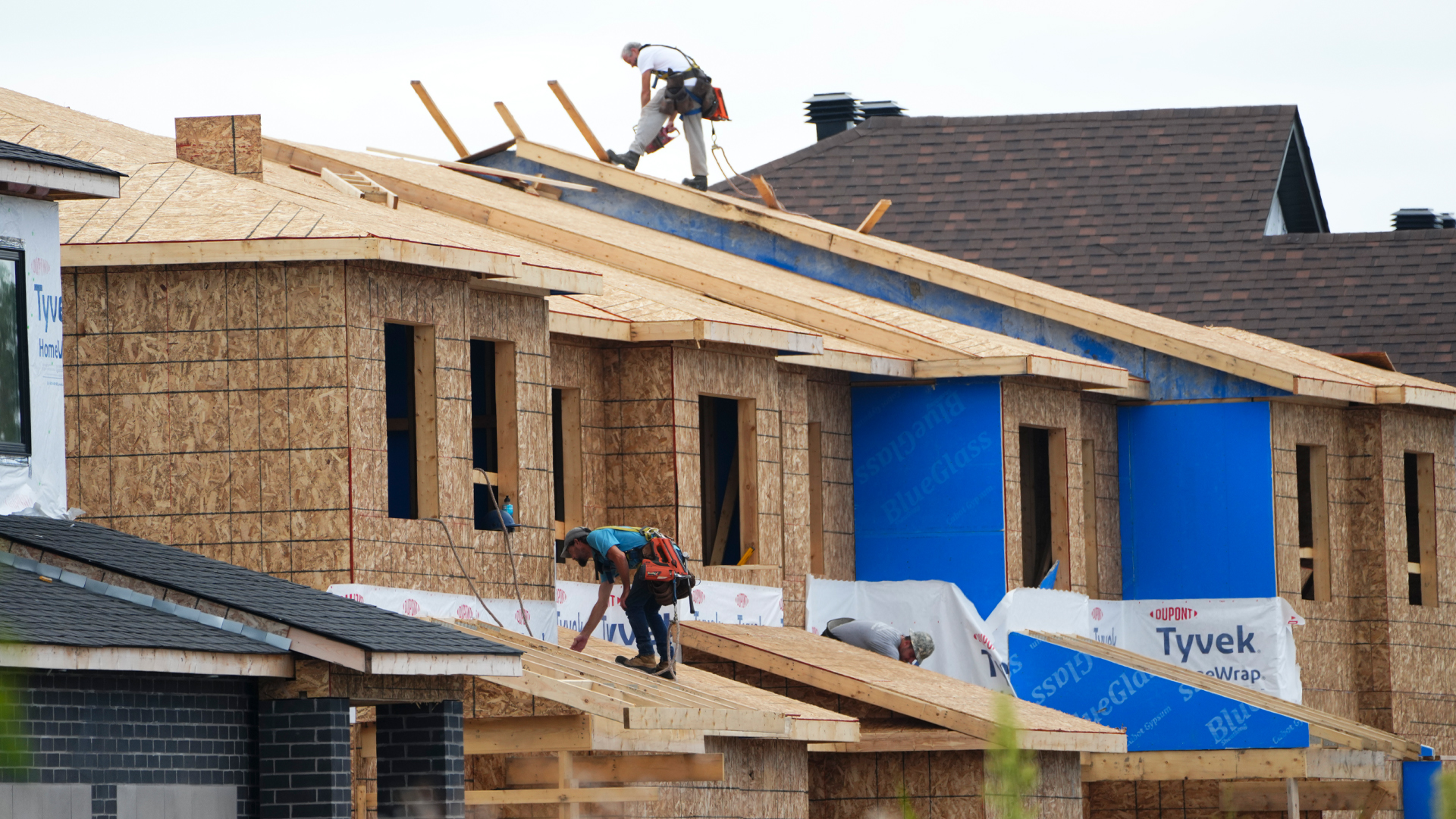
Canada needs more housing – especially affordable rental housing. This is the message from commentators such as Carolyn Whitzman and reports by the National Housing Accord and others on the housing crisis.
An often-quoted figure from a Canada Mortgage and Housing Corporation (CMHC) study suggests that Canada needs to build 5.8 million housing units to restore affordability by the end of 2030. That’s 3.5 million more units than what are currently being built now.
If the new construction is built to today’s minimum standards, each new home could become another source of greenhouse gas emissions. Homes that aren’t well-designed, insulated and air-sealed won’t protect people from extreme heat, forest fire smoke and other serious weather events associated with climate change.
Additionally, less-efficient buildings won’t be affordable, leaving owners and occupants vulnerable to rising energy and maintenance costs.
Most importantly, attempting to build inefficient buildings quickly is a dead end. New construction practices and techniques are needed and many of those changes make homes energy-efficient and climate-friendly.
Better sustainability, better productivity
Overall, requiring higher sustainability performance helps push the construction sector onto the higher productivity path that is needed to increase housing supply.
There is no evidence that making homes energy-efficient and climate-ready significantly increases costs. A thorough review found construction costs for the most efficient buildings average only three to four per cent more than building to minimum code requirements.
Early studies exploring the cost of building electrification show all-electric buildings constructed to net-zero energy-ready standards can be delivered for less than the average cost of similar code-minimum buildings. These marginal costs can be expected to fall further as high-performance construction becomes the norm.
The major problem is lagging productivity in the construction sector. If policymakers and the industry can’t fix this problem, attempting to scale up housing will result in higher construction costs, poor building performance for owners and occupants, more risk of cost overruns and project delays, as well as a boom-bust pattern that keeps workers away from careers in the trades.
Ten building techniques for net-zero buildings
Luckily, several construction practices and techniques build net-zero emission buildings while improving productivity. Here are 10 examples:
1. Pre-manufacturing building components in a factory and then transporting them to the construction site eliminates project interruptions and quality problems due to weather, while providing a comfortable and safe place for people to work. This method also ensures building components are airtight and continuously insulated for high energy-efficiency performance.
2. Integrated project management and delivery gets everyone involved in the design of construction projects and makes them take accountability for the entire building’s performance. This method uncovers ways to reduce costs and increase climate performance by working as an integrated team. For example, paying close attention to airtightness can avoid the need for more expensive and larger heating systems.
3. Designing buildings with simpler shapes makes them more energy-efficient and less prone to defects, while lowering the cost of both energy and materials.
4. Building green can attract a new generation of workers who are motivated by environmental sustainability and interested in using digital technologies.
5. Net-zero emission building codes and performance criteria for publicly financed housing can be part of a clear roadmap for the building sector to prepare supply chains to avoid future shortages and bottlenecks.
6. Building more homes in urban areas with ready access to services and amenities increases density and decreases the cost per home built, while giving people options to walk, bike and take transit. These buildings can use infrastructure already available. It also becomes possible to heat and power several buildings at once with energy-efficient district energy systems.
7. Electrified mid-rise construction eliminates natural gas distribution service costs, risks and scheduling problems. Constructing “missing middle” mid-rise buildings means using less-costly and lower-carbon wood instead of concrete or steel. These buildings also do not require energy-intensive elevators or onsite parking, which requires use of expensive and emissions-intensive concrete.
8. Sensors and smart technologies can alert construction site managers to water pipe leaks and material damage, which can increase costs and insurance premiums. After construction, these technologies optimize energy systems based on factors such as weather and the number of people in the building, providing information on how to improve future designs.
9. Building information modelling provides home designers with a low-cost, collaborative way to test construction designs, techniques and material options. Done in a virtual environment, it lowers cost and can increase energy efficiency.
10. Digital technologies also enable better tracking of materials, time and risks so construction managers can weigh costs and contingencies. This information can be used to reduce material wastage, improve safety and maximize energy efficiency. Smart contracts can track the environmental impact of building materials while reducing fraud and scheduling risks. Planning supply chains in response to demand promotes better access to sustainability-enhancing materials and services, with faster and more cost-effective delivery.
This is only a partial list, and new solutions are on the horizon.
These examples demonstrate that more green building solutions will expand housing supply. If our governments respond to the housing crisis by improving productivity as outlined above, they will achieve their goals while making new homes ready for a net-zero-emissions future. This can further prepare the construction sector for the larger task of dramatically accelerating the upgrade of existing buildings.
The policy response required to trigger these changes includes requiring higher net-zero performance building standards and an enhanced construction innovation strategy. This can be done by building on the work of the National Research Council, as well as local energy-efficiency partnerships and initiatives such as Natural Resources Canada’s codes acceleration fund.
To solve the housing crisis, policymakers need to pressure the construction industry to do things differently, which also presents an opportunity to adequately respond to the climate crisis.









